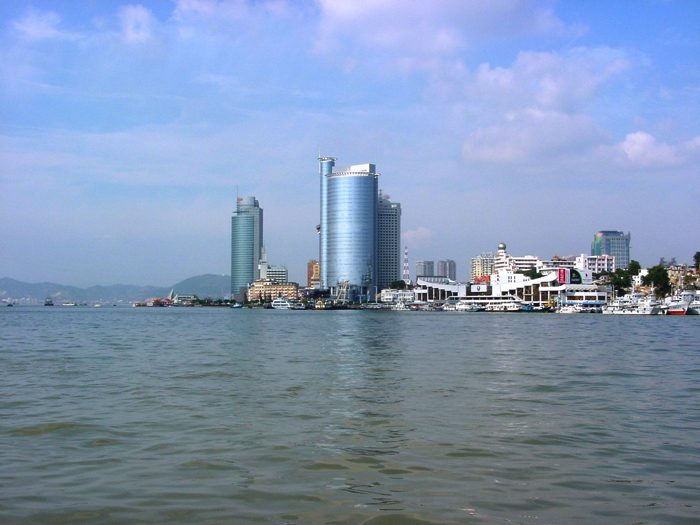- Project Leader : Ota Atsushi (Hiroshima University, Graduate School of Letters)
- Collaborators : Kakizaki Ichiro (Yokohama City University, International College of Arts and Science)
- : Miyata Toshiyuki (Tokyo University of Foreign Studies, Graduate School of Global Studies Faculty of Foreign Studies)
- : Taga Yoshihiro (Osaka University, Graduate School of Letters)
- : Shimada Ryuto (The University of Tokyo, Graduate School of Humanities and Sociology)
- : Kobayashi Atsushi (National Graduate Institute for Policy Studies, Graduate School of Policy Studies)
- : Mizuno Kosuke (Kyoto University, Center for Southeast Asian Studies)
- : Murakami Ei (Kyoto University, Institute for Research in Humanities)
- : Shiroyama Tomoko (The University of Tokyo, Graduate School of Economics)
- : Hisasue Ryoichi (Institute of Developing Economies, JETRO, Inter-disciplinary Studies Center)
- : Kanda Sayako (Keio University, Faculty of Economics)
- : Nishimura Takeshi (Kansai University, Faculty of Economics)
- : Sugihara Kaoru (National Graduate Institute for Policy Studies, Graduate School of Policy Studies)
- : Kagotani Naoto (Kyoto University, Institute for Research in Humanities)
Outline of Research
This research project examines the economic transformation in various regions in 19th Southeast Asia, through the empirical method of Area Studies. The participants present their research results and discuss them in a meeting that will be held twice a year. Participants working on East and South Asia will make comments on the presented case studies of Southeast Asia, as to how they are related to or comparable to their own areas of study. Through these discussions, this project will examine how economic transformation in Southeast Asia should be understood, in connection with the transformations in East and South Asia.
Description
It has been understood that Southeast Asian economy was incorporated in the world economy, as the colonial system was established in the 1870s. It is not clear, however, how the trade/economic structure in the mid-18th to mid-19th centuries—the so-called “Chinese century”—was connected to the world economy, and whether it meant “incorporation,” that is, the subjugation of Southeast Asia by the world economy. In order to solve these problems, it is necessary to examine what were indeed occurring in 19th century Southeast Asian economies, and how various local societies in Southeast Asia were reacting to outside stimulation. This research project examines these issues, not only in the framework of Area Studies but also through discussions among experts of East and South Asia, and global history. By so doing the project aims to situate the transformations in 19th century Southeast Asian society in the context of economic history of Asia. In this way, this project examines Southeast Asian economy in a wider context, and by so doing it aims to contribute to the reexamination of the concept of Southeast Asia.
This project also aims to explain how the 19th century Southeast Asian society maintained a certain level of autonomy while it was linked into the world economy and the colonial economy. The world economy is taken here not as the one in which only Europe and US played a central role, but as the one in which Asia played an important role in production and consumption. In this way, this project aims to connect the studies of local societies and of the economy of the wider region, and ascertain the role of Southeast Asia in the world economy.
This project will provide several case studies, which will show how people in a local society attempted to connect themselves to outside agents, to the market, and finally to the world economy. In this manner, this project aims to explain how Southeast Asian society maintained certain autonomy while it was transforming in accordance with the shifting world economy.


